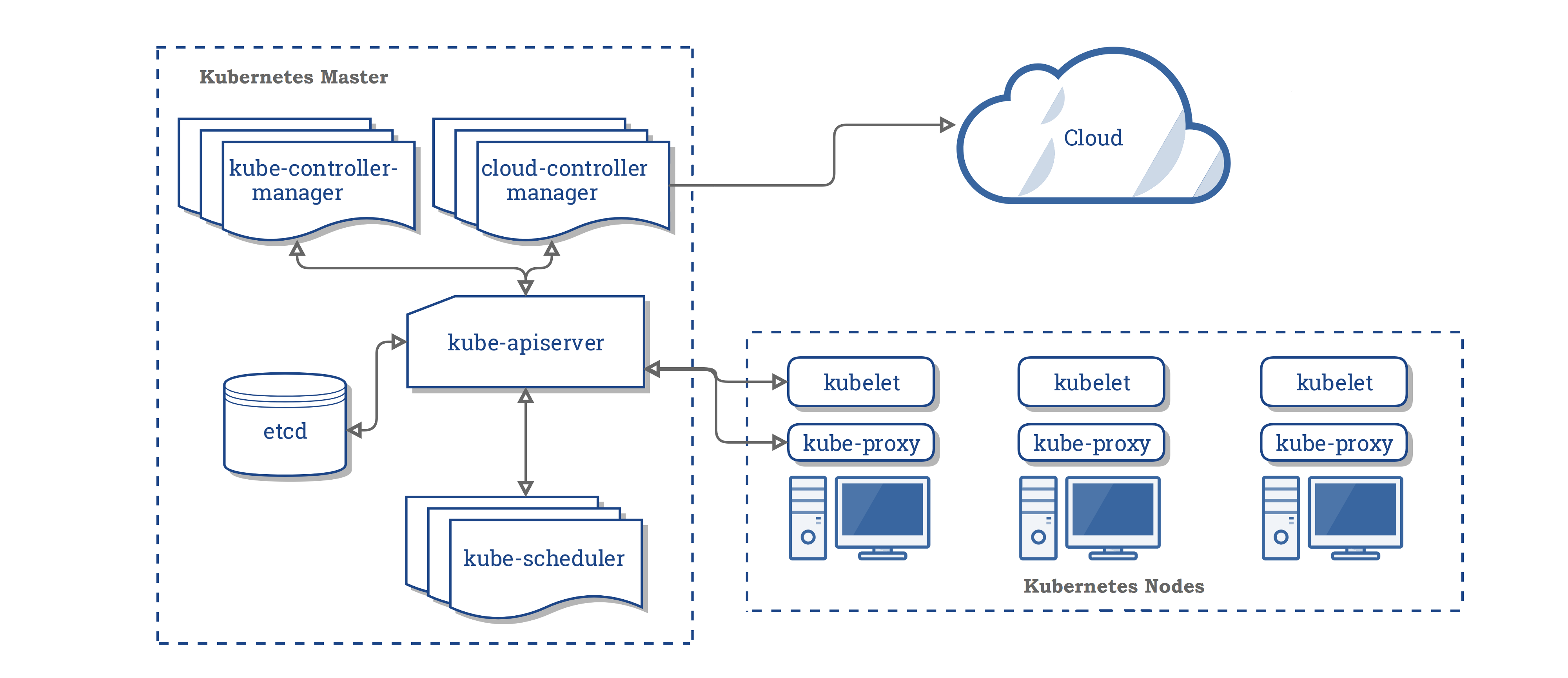

For example: expectedOwnerReference := v1. To test that the deletion lifecycle works, test the ownership instead of asserting on existence.

One common example is garbage collection because there are no controllers monitoring built-in resources, objects do not get deleted, even if an OwnerReference is set up. In some ways, the test control plane will behave differently from “real” clusters, and that might have an impact on how you write tests. Unless you’re using an existing cluster, keep in mind that no built-in controllers are running in the test context. Run the following (Kubernetes version 1.21.2 is an example version): export K8S_VERSION=1.21.2Ĭurl -sSLo "$, To use in a disconnected environment for example,
#KUBERNETES CONTROLPLANE DOWNLOAD#
If you would like to download the tarball containing these binaries,
#KUBERNETES CONTROLPLANE INSTALL#
Typically nothing needs to be done on your part,Īs the download and install script is fully automated, This guide will focus on deploying a Remote Control Plane on a Kubernetes cluster. The test make target, also called by the docker-build target,ĭownloads a set of envtest binaries (described above) to run tests with. There are two flavours of Control Plane deployments - Remote and Kubernetes. The controller-runtime/pkg/envtest Go library helps write integration tests for your controllers by setting up and starting an instance of etcd and the Kubernetes API server, without kubelet, controller-manager or other components. Markers for Config/Code GenerationĬonfiguring envtest for integration tests Hosted in London and Amsterdam, or privately on-site. Kubernetes Fundamentals (2 days), Operations (2 days), and Security (1 day) DevSecOps Enablement (3 days) Secure Kubernetes Application Delivery (5 days) Certified trainers with production expertise. Implementing defaulting/validating webhooks Industry-leading Kubernetes and DevSecOps training. A Brief Aside: What's the rest of this stuff? Every journey needs a start, every program a main Kubernetes.io/bootstrapping: rbac-defaultsĬat << EOF | kubectl apply -kubeconfig admin.kubeconfig -f -ĪpiVersion: 8s. Note that you only need to do this step on one of the controller nodes: cat << EOF | kubectl apply -kubeconfig admin.kubeconfig -f -ĪpiVersion: /v1beta1 You can set up role-based access control for kubelets like this. You can verify that the HTTP health checks are working on each control node like this: curl -H "Host: .local" -i Sudo ln -s /etc/nginx/sites-available/.local /etc/nginx/sites-enabled/ Proxy_ssl_trusted_certificate /var/lib/kubernetes/ca.pem Be sure to replace the placeholders with the actual private IPs: ETCD_SERVER_0=Ĭreate the systemd unit file: cat .local << EOF The Kubernetes control plane consists of various components, each its own process, that can run both on a single master node or on multiple masters supporting high-availability clusters. Set environment variables to contain the private IPs of both controller servers. The Kubernetes master is the main controlling unit of the cluster, managing its workload and directing communication across the system. Service-account-key.pem service-account.pemĮncryption-config.yaml /var/lib/kubernetes/ Sudo cp ca.pem ca-key.pem kubernetes-key.pem kubernetes.pem If you have IPv6 connectivity between your nodes and workloads, you may. To configure the kube-apiserver service, do the following: sudo mkdir -p /var/lib/kubernetes/ Configure Kubernetes control plane to operate over IPv6. Sudo mv kube-apiserver kube-controller-manager kube-scheduler kubectl /usr/local/bin/ Configure the kube-apiserver service. Wget -q -show-progress -https-only -timestampingĬhmod +x kube-apiserver kube-controller-manager kube-scheduler kubectl You can do so like this: sudo mkdir -p /etc/kubernetes/config

In this case, we will try to replicate the scenario where we are trying to deploy an. To debug control plane failure, we need to follow the same systematic approach and tools we used while debugging worker node failures. To accomplish this, you will need to download and install the binaries for kube-apiserver, kube-controller-manager, kube-scheduler, and kubectl. The Kubernetes control plane is the brains behind Kubernetes and is responsible for managing the Kubernetes cluster. Successfully complete this lab by achieving the following learning objectives: Download and install the binaries.


 0 kommentar(er)
0 kommentar(er)
